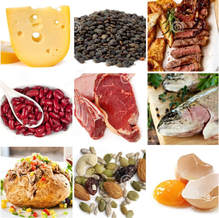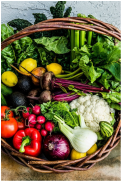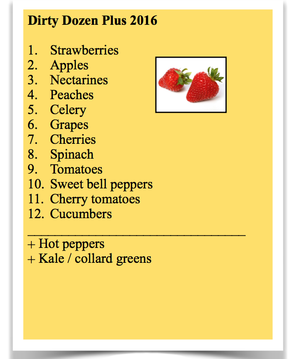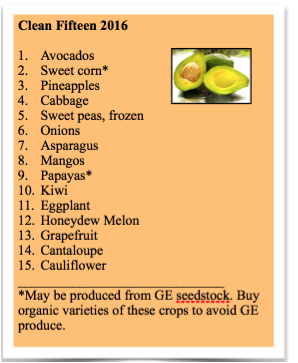|
Nourishing foods are whole foods that are closest to their original, natural state. Whole foods contain all of their original nutrients whereas refined foods are stripped of their nutrients and contain additional artificial ingredients. Our bodies recognize whole foods and instinctively know how to metabolize and use them for energy and repair. This is not the case with refined foods. Remember - food is information to the body. If we fuel the body well, it will respond favorably. The following list will help you understand more about these nourishing whole foods.
Refined vs. Whole Foods - The 85/15 principle When asked about diets and healthful eating, I suggest that people do not diet, but rather incorporate healthy eating into their lifestyle. For many people, just hearing the word "diet" triggers thoughts of deprivation or counting calories or not ever being able to eat foods that they desire. Who wants to live like that? The best way to incorporate healthy eating into your lifestyle is to incorporate the 85/15 principle. This way of eating means that 85% of the time, you will be eating whole, nutrient-dense foods that are nourishing to the body - supplying needed vitamins, minerals, and enzymes to keep your body functioning optimally. If you are eating healthfully 85% of the time, then the 15% of the time when you indulge in refined, nutrient-depleting foods, your body will not suffer because you will have plenty of nutritional reserves on hand. Since no one can eat perfectly all of the time (come on, we all want to indulge once in awhile), this way of eating takes the stress and guilt out of your eating habits. It also makes you aware of your food choices. Do I always need to buy organic? Organic foods certainly are more nutritious because they provide the body with the vitamins, minerals, and enzymes it needs without the toxic chemical load. Organic farmers do not use chemical fertilizers, herbicides, or antibiotics. The Environmental Working Group (EWG) is an American environmental organization that specializes in research and advocacy in the areas of toxic chemicals, agricultural subsidies, public lands, and corporate accountability. They help keep us healthy by keeping us informed. Each year they do extensive research to provide us with a list of the fruits and vegetables with the most and least pesticides, in addition to other services. The produce with the most pesticides are deemed "The Dirty Dozen." In 2016, there were a couple additions and the EWG renamed the list the "Dirty Dozen Plus." The fruits and vegetables lowest in pesticides are deemed the “Clean Fifteen.” I have reproduced these lists for you below. Keep these lists with you while shopping so that you are always prepared to make the healthiest choices for you and your family.
1 Comment
Roy
7/19/2016 08:39:03 pm
What about Fluff a nutters sandwiches with sunbeam white bleach bread. ?
Reply
Leave a Reply. |
The information on this website is not intended to diagnose, treat, prevent, or cure any disease.
All of the information on this website is Copyright © CookingwithKristin.com 2017 and may not be downloaded, reproduced, republished or otherwise copied without express written permission of CookingwithKristin.com.
All of the information on this website is Copyright © CookingwithKristin.com 2017 and may not be downloaded, reproduced, republished or otherwise copied without express written permission of CookingwithKristin.com.




